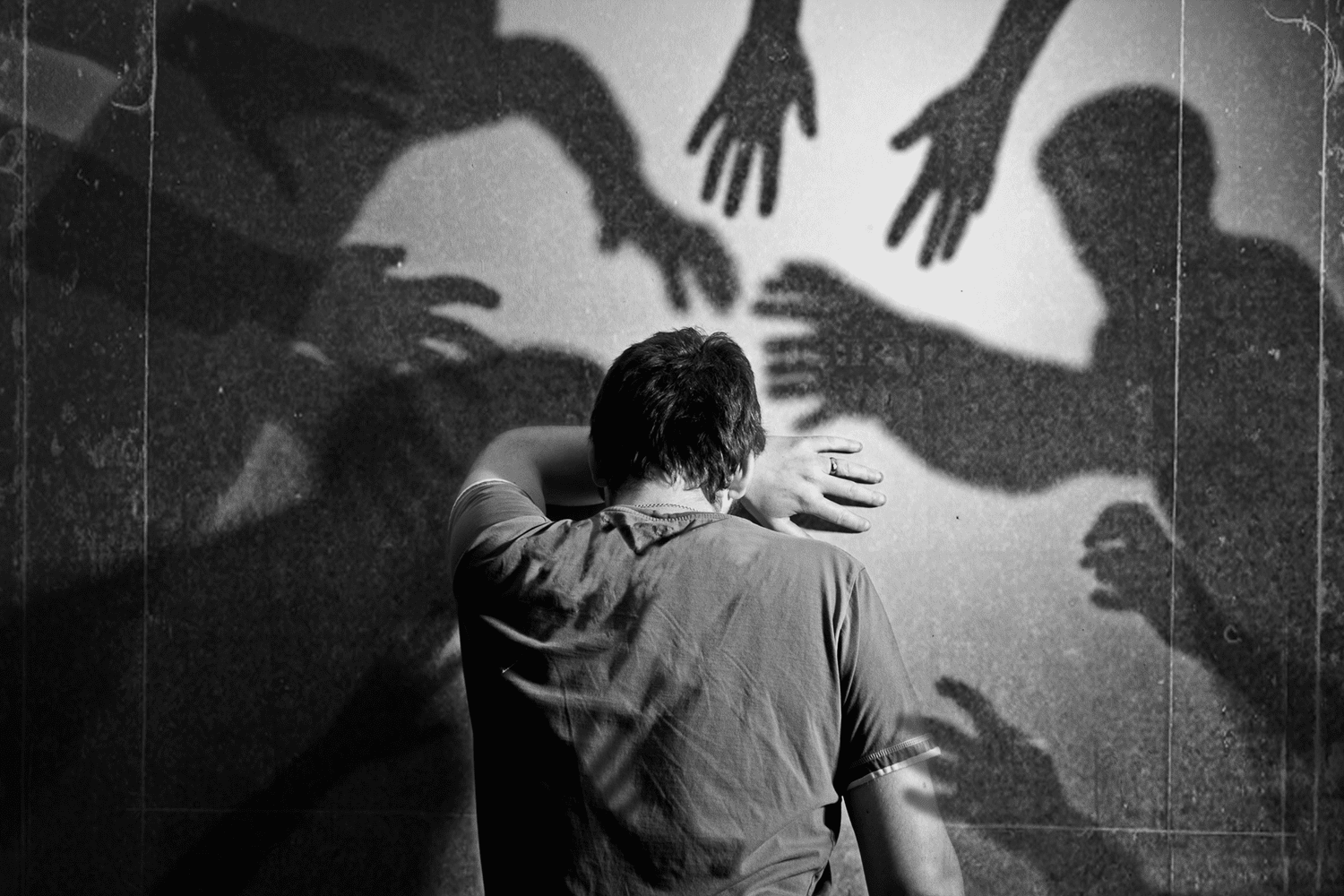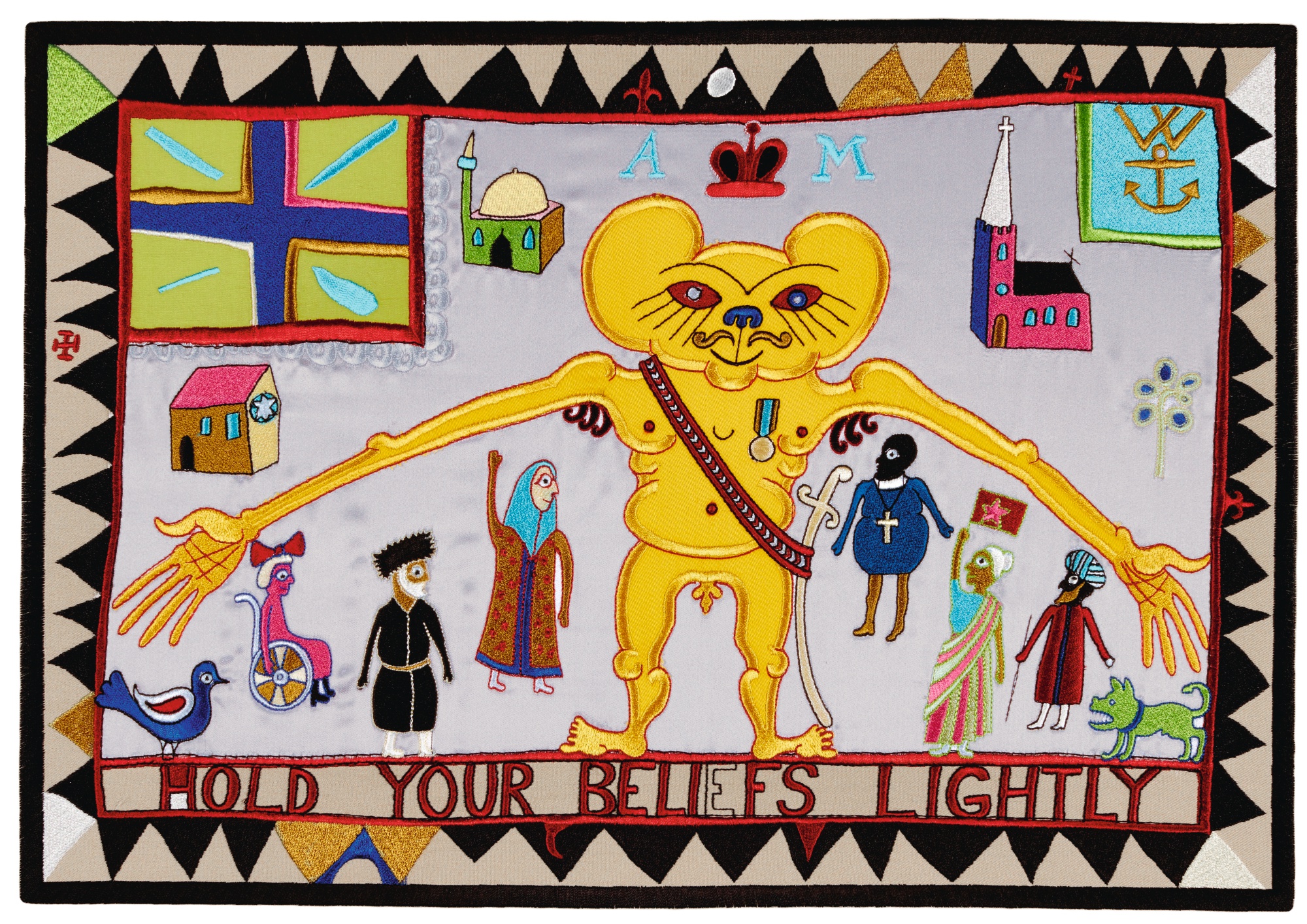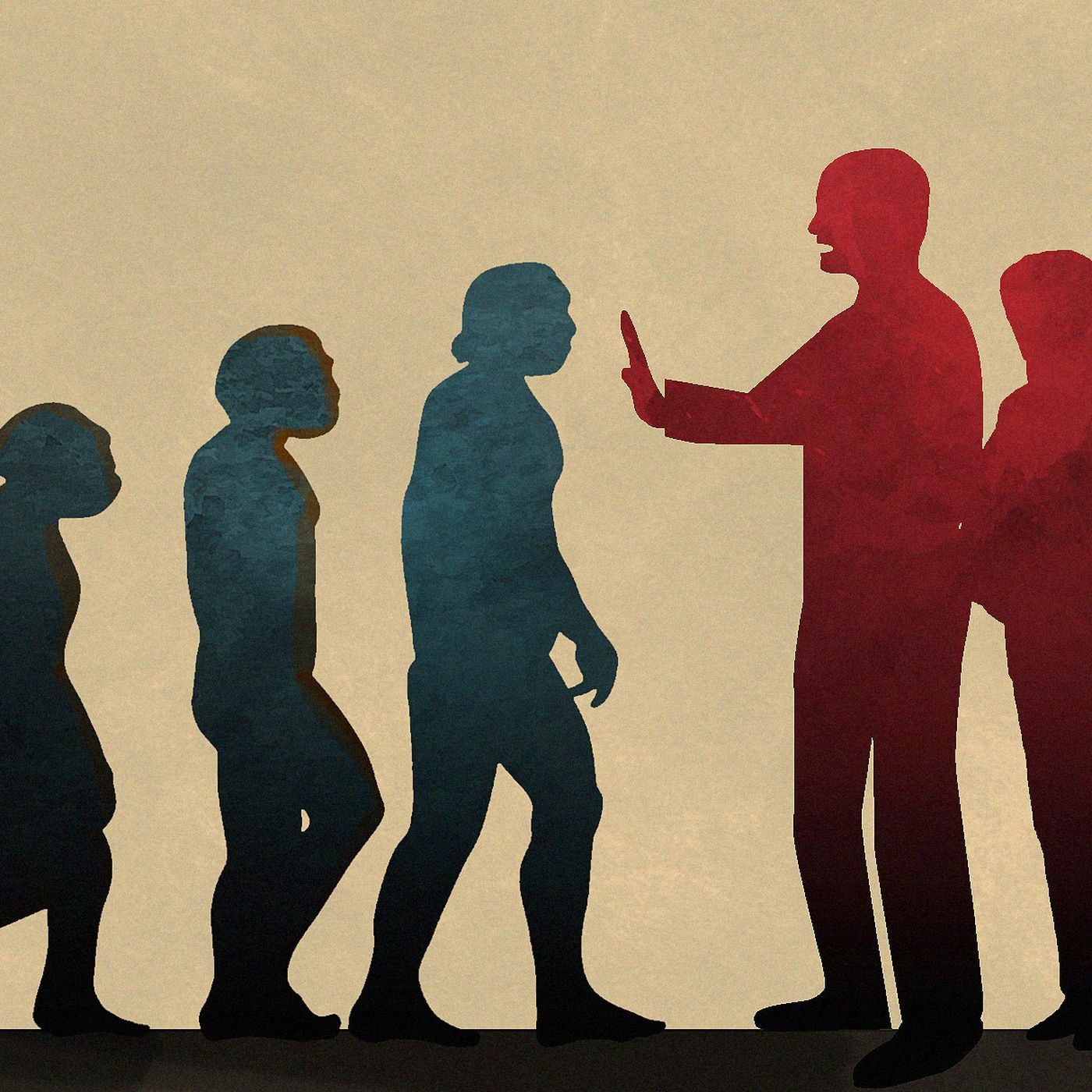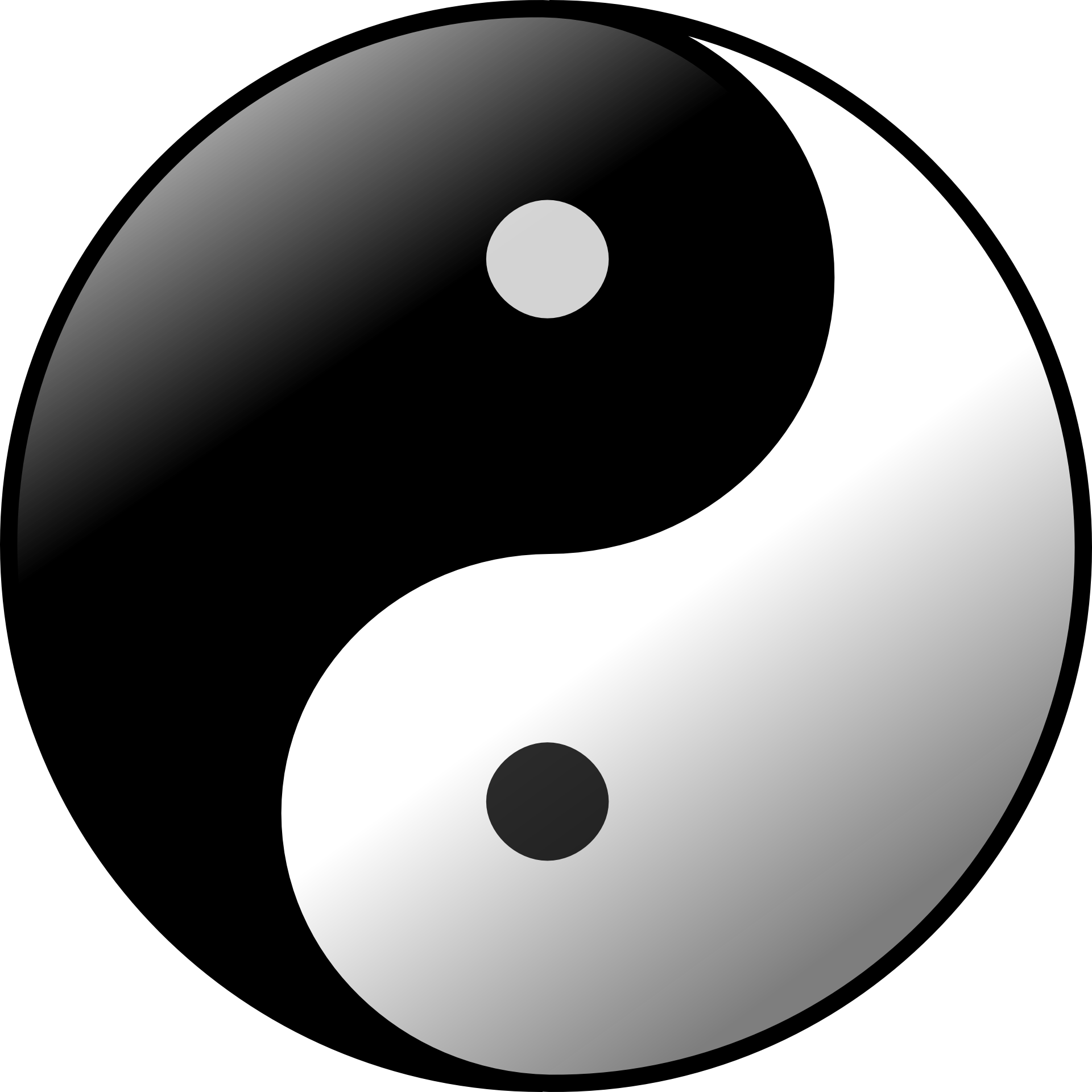About Shadows and Beliefs
Shadows

Did you ever have a painful experience and find yourself saying, “Please, just make it stop!” Of course you have. Everybody has, especially children. Something happens that a child finds emotionally or physically painful and all the child wants is for the pain to stop.
Children can be amazingly creative and find all sorts of ways to make the painful experience at least appear to stop. They can hide and stay clear of their raging parents (the “Duck and Cover” strategy). This may work some of the time, but way too often they get caught in the middle of the craziness and can’t escape.
In either case, the experience they want to avoid landed as turbulent energy in the child’s body. It doesn’t just go away because the experience did not complete.
Gestalt teaches that experiences have a beginning, a middle and an end, just like a good book or movie. And if the experience isn’t given a chance to come to an end, it stays in our bodies as energy. This is what Carl Jung called “Shadow, the parts of us we hide, repress and deny.“
This shadow energy stays with us as we grow, but as we get older, it can start to leak out as destructive behaviors that people around us can see, but we are typically blind to. Awhile back, my wife and eldest son were having a conversation that I thought I was part of. When I chimed in, my wife called me out for interrupting our son. I felt a blind rage rise from deep in my belly and I almost got violent. The energy I was feeling was way out of proportion to what was happening in the room, and fortunately, I recognized that. I also realized in that moment that what had just leaked out was a shadow from my childhood experiences of being told that “Children should be seen but not heard“. I had stuffed my rage at being told by my father that my voice was not welcomed. And the experience of that moment was still with me.
Beliefs

There are many types of belief. There are scientific belief systems, religious belief systems, cultural and institutional beliefs. In coaching, we focus on personal beliefs, especially those that limit you in some way. These beliefs are often formed at the same time and by the same processes that form shadow. For example, when I heard my father say that children should be seen but not heard, I formed an energetic shadow that felt like shame, and I formed a belief that I should keep quiet around adults if I wanted to survive and not earn my father’s wrath. The shadow contained the energy of the feeling while I formed the belief that “My voice is not welcomed“.
Both the energy of the shadow and the message of the belief haunted me for years. To this day, I experience a hesitation when I encounter people where there is a clear power differential between us. I have to consciously look at my feelings (fear, anxiety) and my beliefs (“Why would they care about what I have to say?” and both master the fear and reframe the belief in order to move forward.
Beliefs, it turns out, are really nothing more than thoughts. Henry Ford once said, “Whether you believe you can or you can’t, you’re right“. Thoughts can be changed, discarded, replaced.
The image above by Grayson Perry, one of Britain’s most famous artists, advises us to “Hold your beliefs lightly“. It is sage wisdom.
Shadows Versus Beliefs
 What is the difference between shadow and beliefs?” To answer this, we need to explore the origin of each.
What is the difference between shadow and beliefs?” To answer this, we need to explore the origin of each.
There are many types of beliefs, but the only type we are looking at here are these beliefs that limit us like “I am not good enough” or “I am not loveable.” These beliefs tend to form before a child is 10 y,ears old. The same is true of shadows.
Both shadow and limiting beliefs have the same result. They cause us to hide, repress or deny them beause we don’t want people to know about them.
If, as a child, you have a painful experience such as hearing or watching your parents fight, you will naturally want that experience to end. Maybe you will pick a “Duck and Cover” strategy that allows you to hide in your room with a pillow over your head, hoping that your parents stop hurting each other. This act of wanting the pain to go away may result in your supressing the feelings and memories of the experience, resulting in an unfinished experince remaining in your psychic body.
Since all experiences have a beginning, a middle and an end, we can wind up with lots of unfinished experiences waiting to be finished. The unfinished experiences are what Jung referred to as shadows. But where do the limiting beliefs arise?
Before the age of 10, a child’s ego tends to assume that whatever is happening somehow involves him. So if his parents are fighting, the child thinks that he caused them to fignt. Since their fighting is a bad thing, from the child’s perspective, the child may easily assume that he is somehow to blame for the fighting, and hence that there is something wrong with him.
So the belief forms as an explanation for the existence of the shadow. This makes them both children of the same experience. They are bound together, energy and explanation, awaiting a resolution the usually never comes.
Integrating Shadows & Beliefs

In the Clear Beliefs Coach Training led by Lion Goodman, participants learned how to release or “discreate” limiting beliefs and replace them with empowering beliefs. This was a skill I have been looking for for many years. It is simple and highly effective at turning a limiting belief into an empowering one, and it takes less than 30 minutes. But strangely, in the amazing manual Lion produced for his students, the word “shadow” appeared only four times.
My background has been almost 20 years of work with The Mankind Project which used Robert Bly’s Iron John story and his “Little Book of Human Shadows” as materials to introduce the concept of shadow. Lion’s focus on beliefs without also addressing Jungian Shadow concerned and confused me. At first, I tried to treat them as synonyms, but that was too convenient and it didn’t explain some aspects of shadow. I had spent considerable time working with Ed Fell, MKP Leader Emeritus whose focus was entirely on shadow, so I needed to find a way to integrate the two concepts. What emerged was remarkably simple.
Shadow is the left-over energy of incomplete past experiences. Beliefs are simply thoughts. Most of us know how to change our thoughts. It’s not that hard. Lion has a beautiful process called “The Belief Closet” that helps us enlist our subconscious in releasing and reframing or beliefs. It is quick and easy and works quite well for most people.
But sometimes, the new belief doesn’t take. Maybe we failed to water the seeds of the new belief and it faded because it wasn’t being reinforced. That is a clean, clear and simple explanation, but it doesn’t cover all the cases.
If we recognize that beliefs are simply the labels we give to residual shadow energy, it starts to make sense. If we clear the belief, we must also release the shadow energy.
There are many ways to release the shadow energy. In MKP, we had many creative ways to help a man release toxic energy (shadows). We can beat the shit out of it using a tennis racket and a pillow. We can do a tombstone piece where we magically return a lost loved one to life so we can get some closure. We can have a man run a gauntlet or do a trust fall. These are all somatic experiences that work quite well. Every man who completes the MKP New Warrior Training Adventure is familiar with these processes and the amazing energetic release that can happen.
But, MKP never reconciled beliefs and shadows in a clear and simple way. Every weekend leader treated these two differently and not once in my 50 trips through the NWTA did I hear a clear explanation of how beliefs and shadows relate to each other.
And it really is simple. An incomplete painful experience can leave an energetic residue in our bodies that we can call shadow. Rather than feel that shadow, we create an explanation, a simple narrative that hides the painful energy in a blanket of beliefs. And we spend the rest our our lives wondering why we are so fucked up.